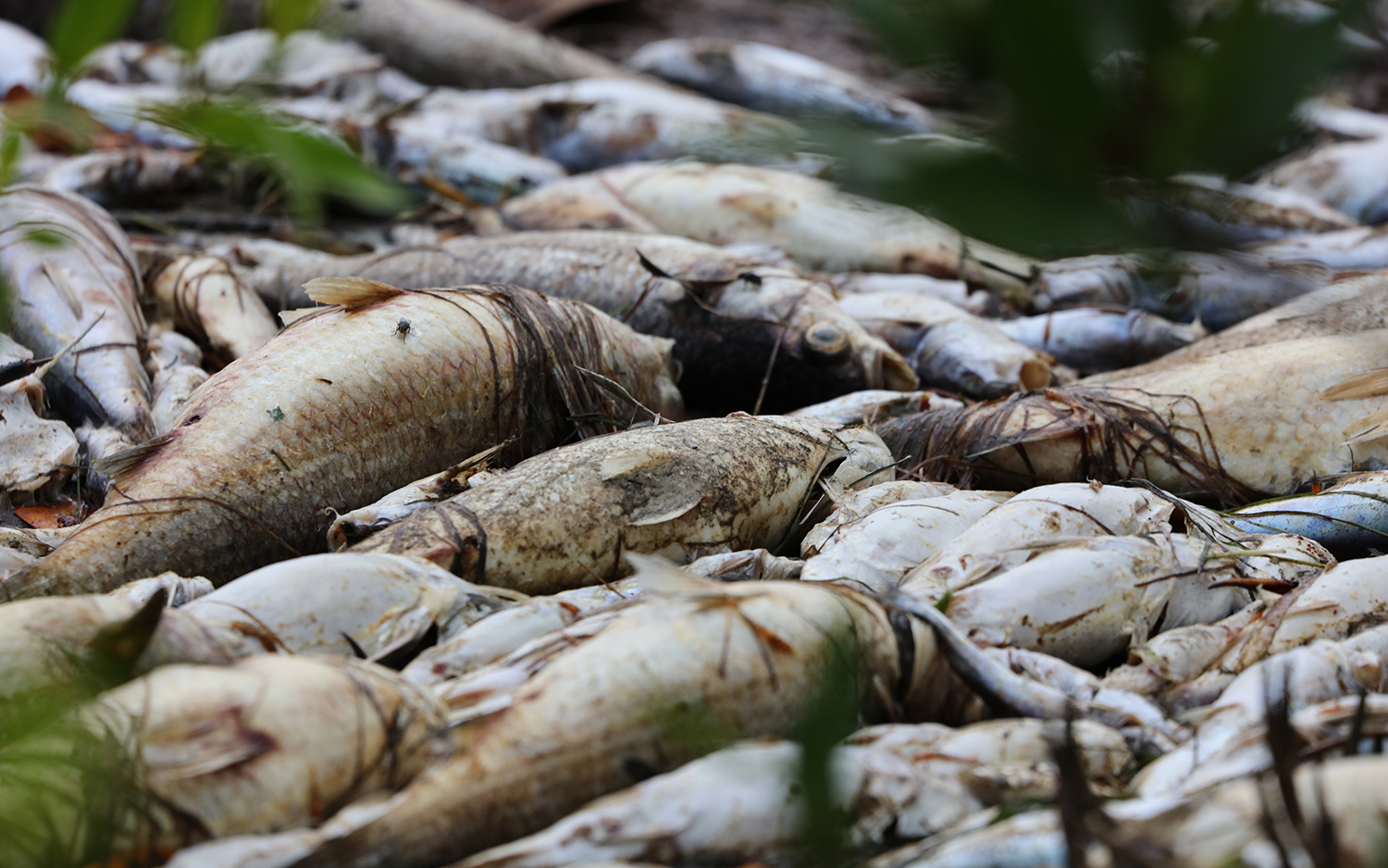Florida Declares Emergency As Red Tide Blooms

Toxic algae blooms along Florida's southwestern coast have persisted for months and are taking a deadly toll on marine wildlife. In response, Gov. Rick Scott recently declared a state of emergency in seven coastal counties affected by the algae, which creates a condition known as "red tide."
On Monday (Aug. 13), Scott issued an executive order providing emergency funding and resources that would help communities rescue and protect wildlife and clean up the pervasive algae.
Scott also allocated additional funds for researching red tide, to better understand its causes and to help researchers develop strategies for preventing future lethal blooms, the governor's representatives said in a statement. [What Causes a Red Tide?]
Red tides (which, despite the name, are not necessarily red) appear in ocean waters when conditions allow naturally occurring single-celled algae — in this case, the toxic Karenia brevis — to multiply and cluster. These blooms occur seasonally in the Gulf of Mexico near Florida, with the red tide typically emerging in the late summer or early fall and lasting three to five months, according to the Florida Fish and Wildlife Conservation Commission (FWC).
K. brevis produces a neurotoxin that animals (including humans) can ingest or inhale, and its extended presence is turning Florida beaches into gruesome scenes, with scores of dead animals littering the sandy shores. The toxic tide has killed or sickened hundreds of sea turtles, shorebirds and manatees, and the amount of dead fish poisoned by the algae can be measured in millions of pounds, the Naples Daily News reported.
In one county alone, residents collected around 535,000 lbs. (nearly 243,000 kilograms) of dead fish, according to the Naples Daily News.
Previously, on June 20, Gov. Scott issued an executive order addressing another toxic algae problem: choking layers of blue-green algae in the St. Lucie River and other Florida waterways, caused by polluted, algae-rich water dispersed from Lake Okeechobee.
Sign up for the Live Science daily newsletter now
Get the world’s most fascinating discoveries delivered straight to your inbox.
Red tides and other harmful algae blooms can persist for as long as 18 months, affecting thousands of square miles, the FWC reported.
Original article on Live Science.

Mindy Weisberger is an editor at Scholastic and a former Live Science channel editor and senior writer. She has reported on general science, covering climate change, paleontology, biology and space. Mindy studied film at Columbia University; prior to Live Science she produced, wrote and directed media for the American Museum of Natural History in New York City. Her videos about dinosaurs, astrophysics, biodiversity and evolution appear in museums and science centers worldwide, earning awards such as the CINE Golden Eagle and the Communicator Award of Excellence. Her writing has also appeared in Scientific American, The Washington Post and How It Works Magazine. Her book "Rise of the Zombie Bugs: The Surprising Science of Parasitic Mind Control" will be published in spring 2025 by Johns Hopkins University Press.









